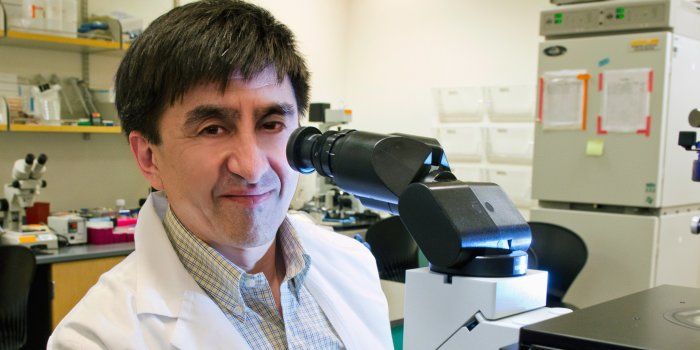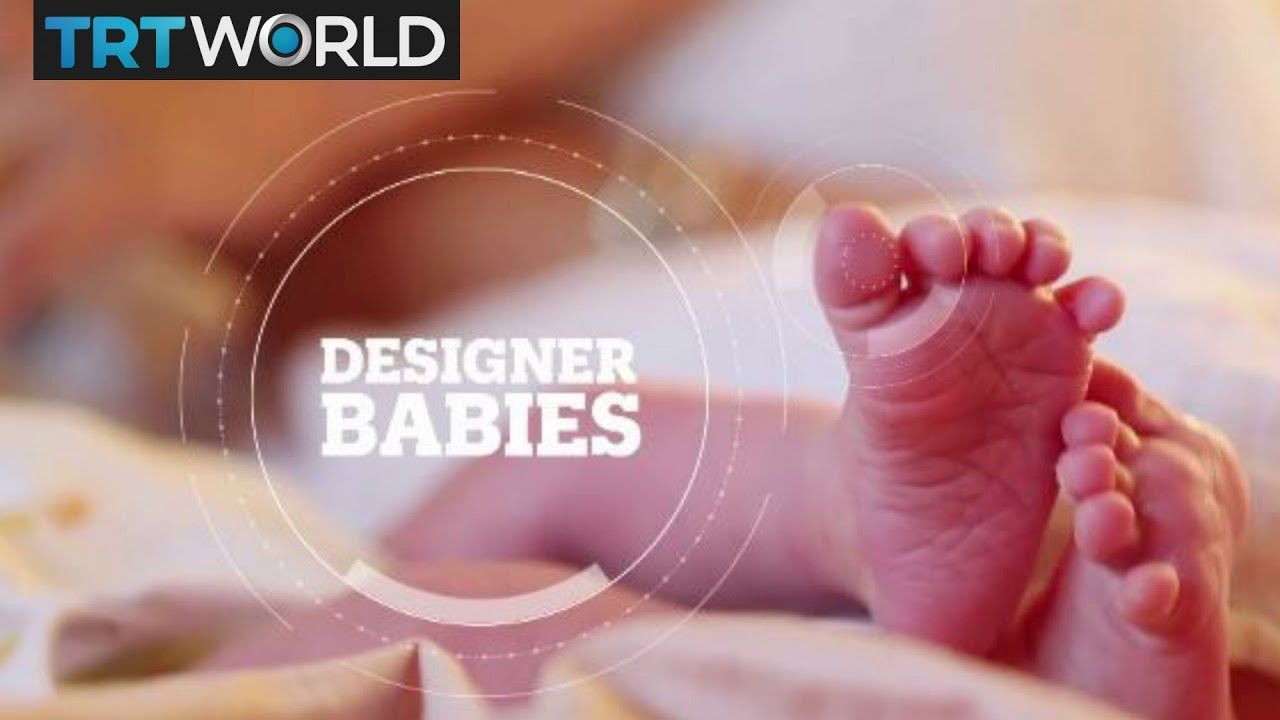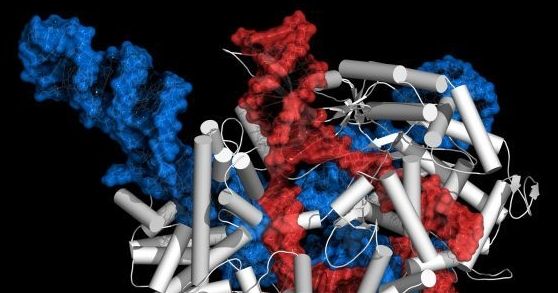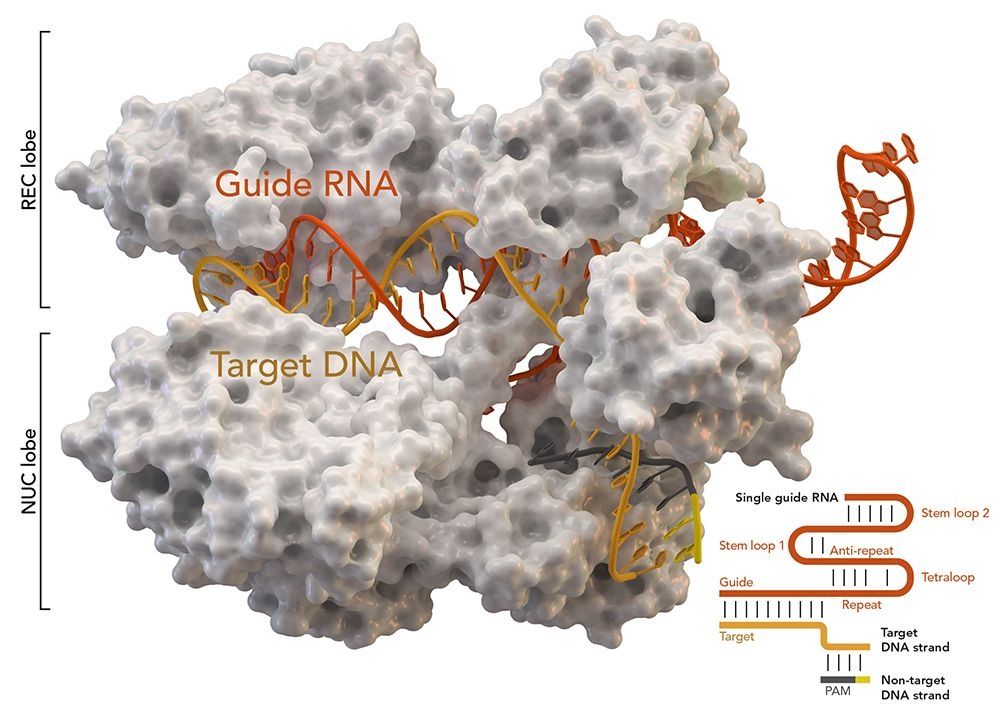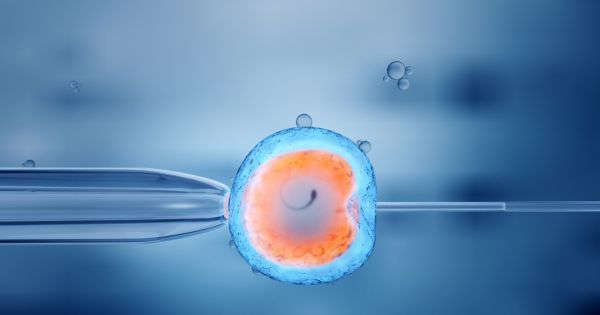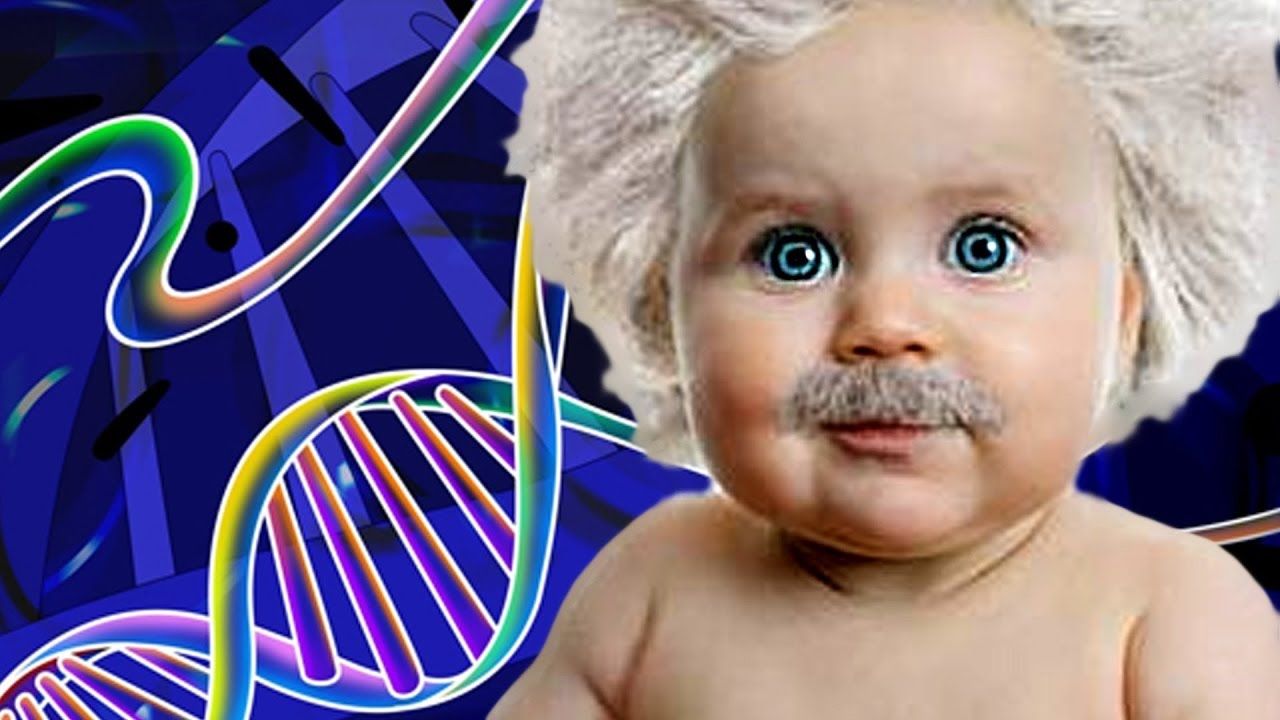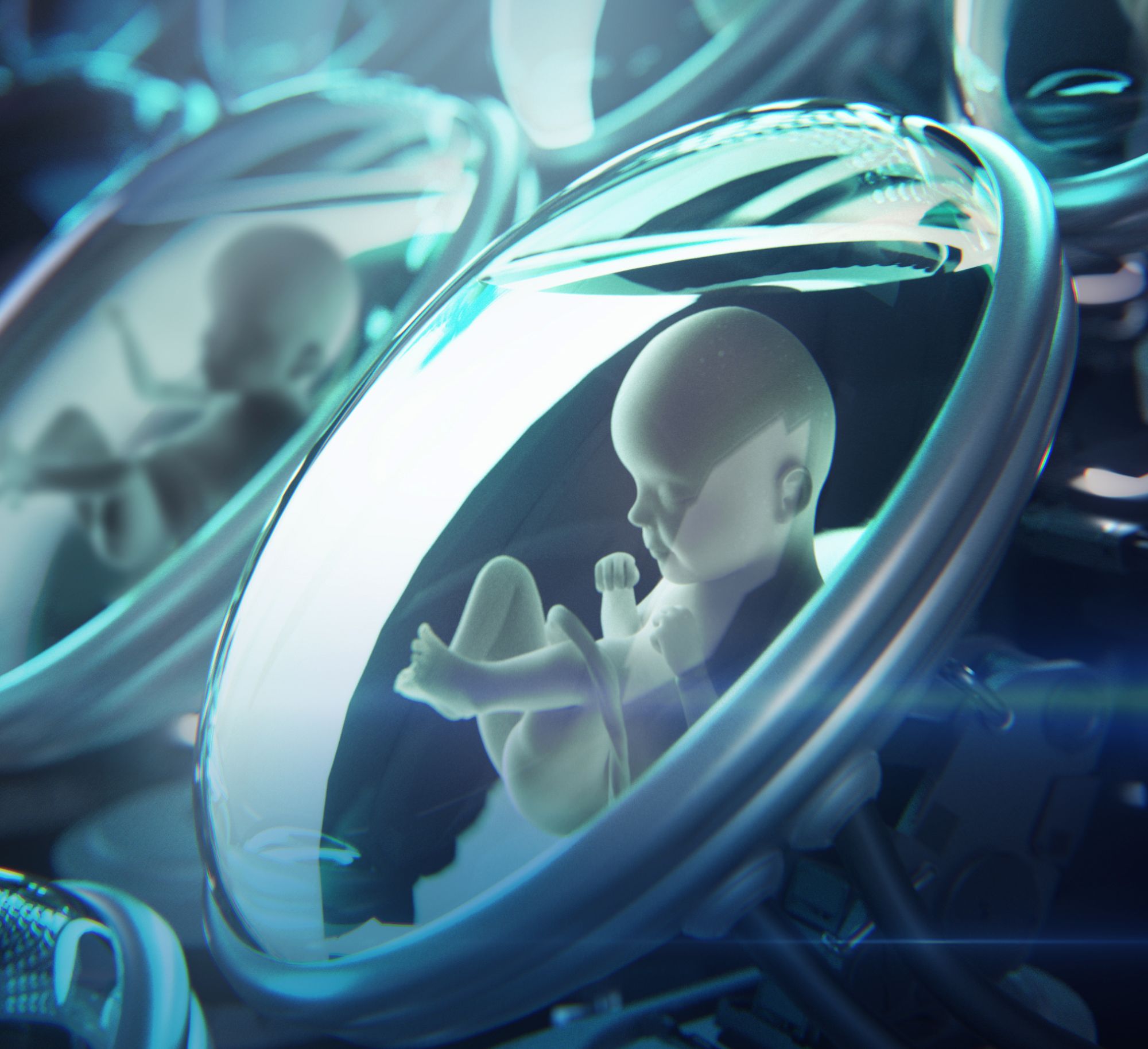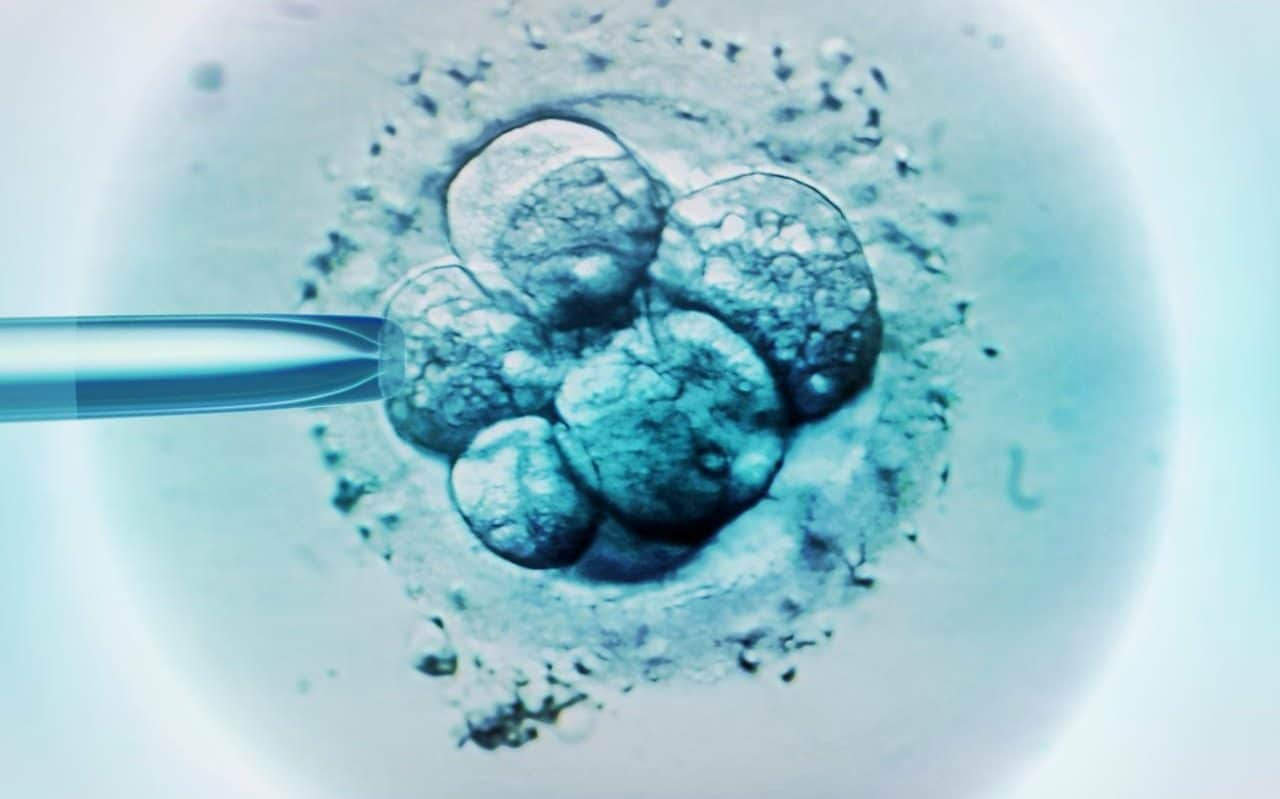Two-thirds of Americans support therapeutic use, but regulators are still stuck in the 1970s.
Should Americans be allowed to edit their DNA to prevent genetic diseases in their children? That question, which once might have sounded like science fiction, is stirring debate as breakthroughs bring the idea closer to reality. Bioethicists and activists, worried about falling down the slippery slope to genetically modified Olympic athletes, are calling for more regulation.
